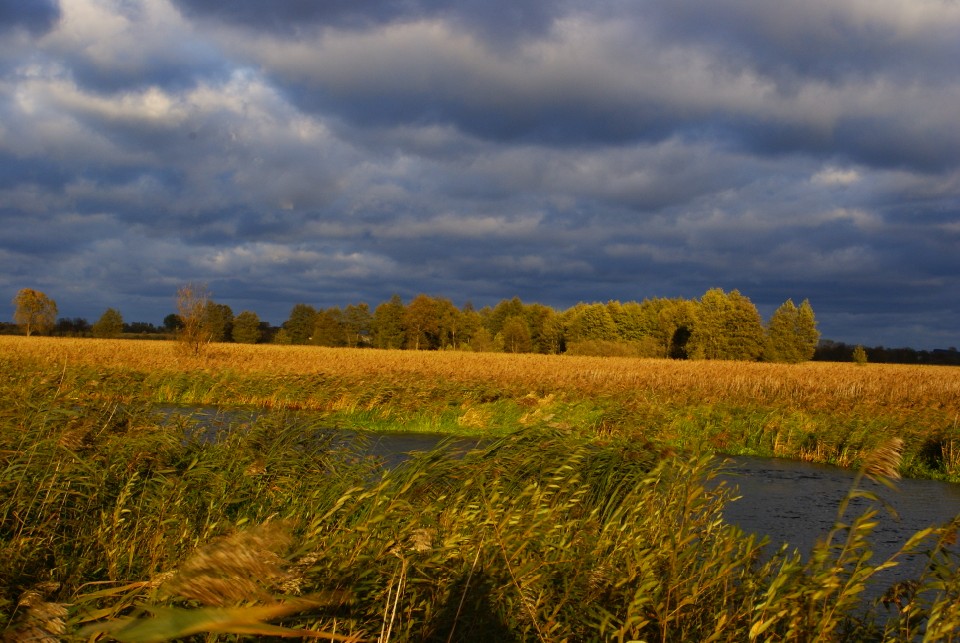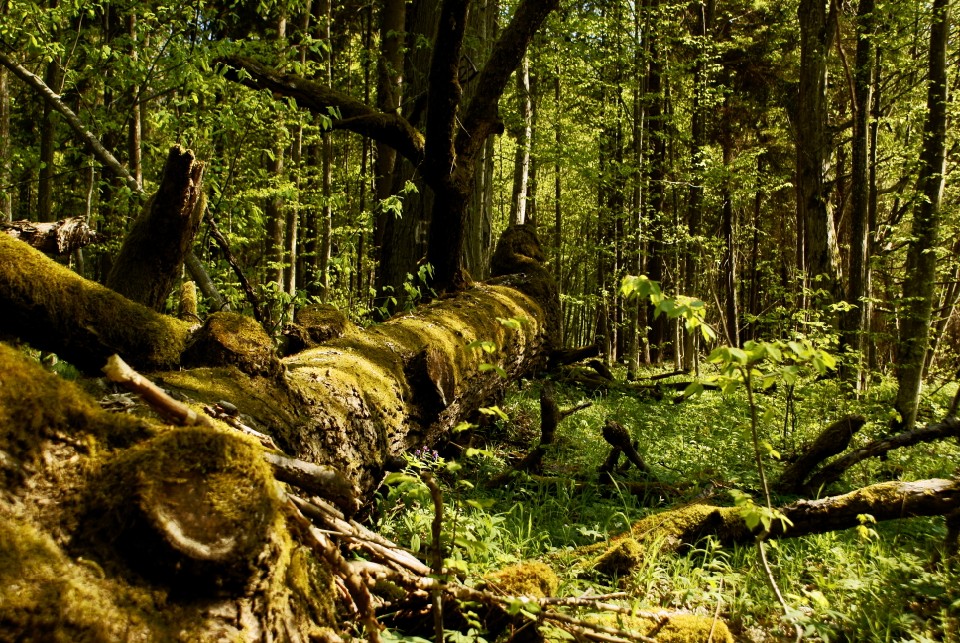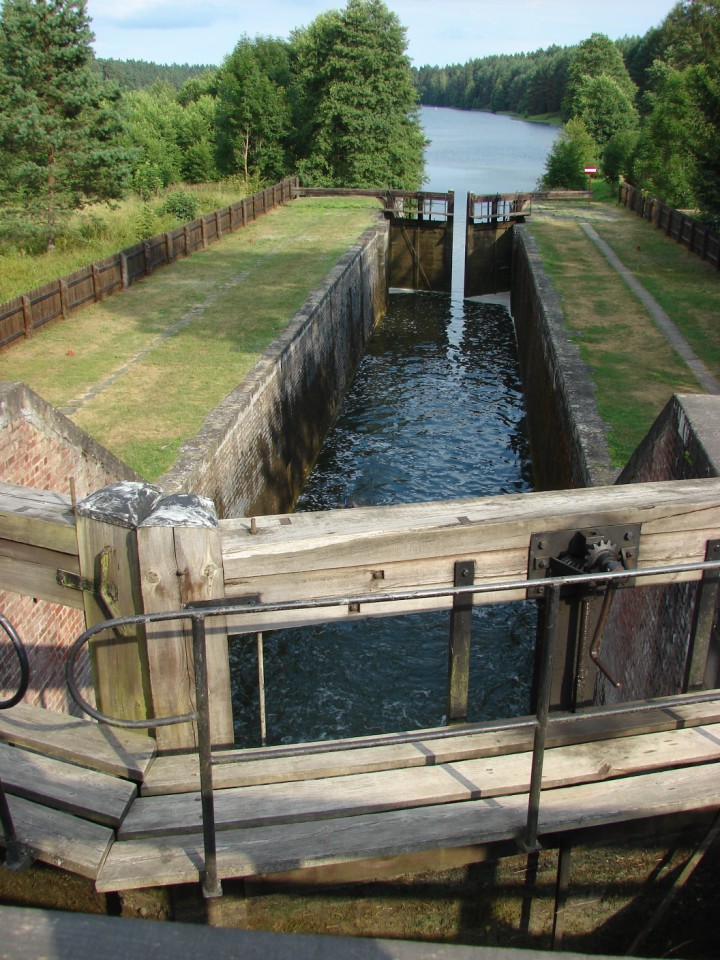 Biebrza National Park – it is a birds' paradise (over 270 species of birds) with countless oxbow lakes, backwaters, an elk refuge, and the largest primeval swamp and bog site in Central Europe; Narew National Park – called the Polish Amazon Forest, is a unique water system of the river Narew, passing across lots of converging and diverging river valleys. This National Park is also a bird refuge with 203 species of birds, and the crossroads of several historic trails.
Biebrza National Park – it is a birds' paradise (over 270 species of birds) with countless oxbow lakes, backwaters, an elk refuge, and the largest primeval swamp and bog site in Central Europe; Narew National Park – called the Polish Amazon Forest, is a unique water system of the river Narew, passing across lots of converging and diverging river valleys. This National Park is also a bird refuge with 203 species of birds, and the crossroads of several historic trails.- Podlasie White Stork Trail – it is 412 km long and runs across four national parks (the Wigry, Biebrza, Narew and Białowieża National Parks). The heart of the trail is in Pentowo by the river Narew and is called the European Village of Storks, as a lot of storks visit the place every year.
 Białowieża Forest National Park – this is the last primeval forest surviving in Europe. It belongs to the most important natural world treasures. Since 1979, Białowieża Forest has been listed as UNESCO World Heritage. The bison is the symbol of Białowieża Forest.
Białowieża Forest National Park – this is the last primeval forest surviving in Europe. It belongs to the most important natural world treasures. Since 1979, Białowieża Forest has been listed as UNESCO World Heritage. The bison is the symbol of Białowieża Forest.
- Puszcza Knyszyńska (Knyszyn Forest) Landscape Park – it is an extensive complex of pine and spruce forests. This National Park is famous for the Supraśl pine (mast pine), used in mast production for centuries. The Park is home for a herd of Polish bison.
- The Augustów region is a land of lakes and forests. Augustów Forest (the largest forest complex in Poland, spanning across 114,000 hectares of land), along with numerous beautiful lakes cover most of the region. The Augustów Canal, a historic waterways architecture technology asset, cuts across the region. It was built in the early 19th century and is still used today for a waterway linking the Biebrza river to the Niemen River.




